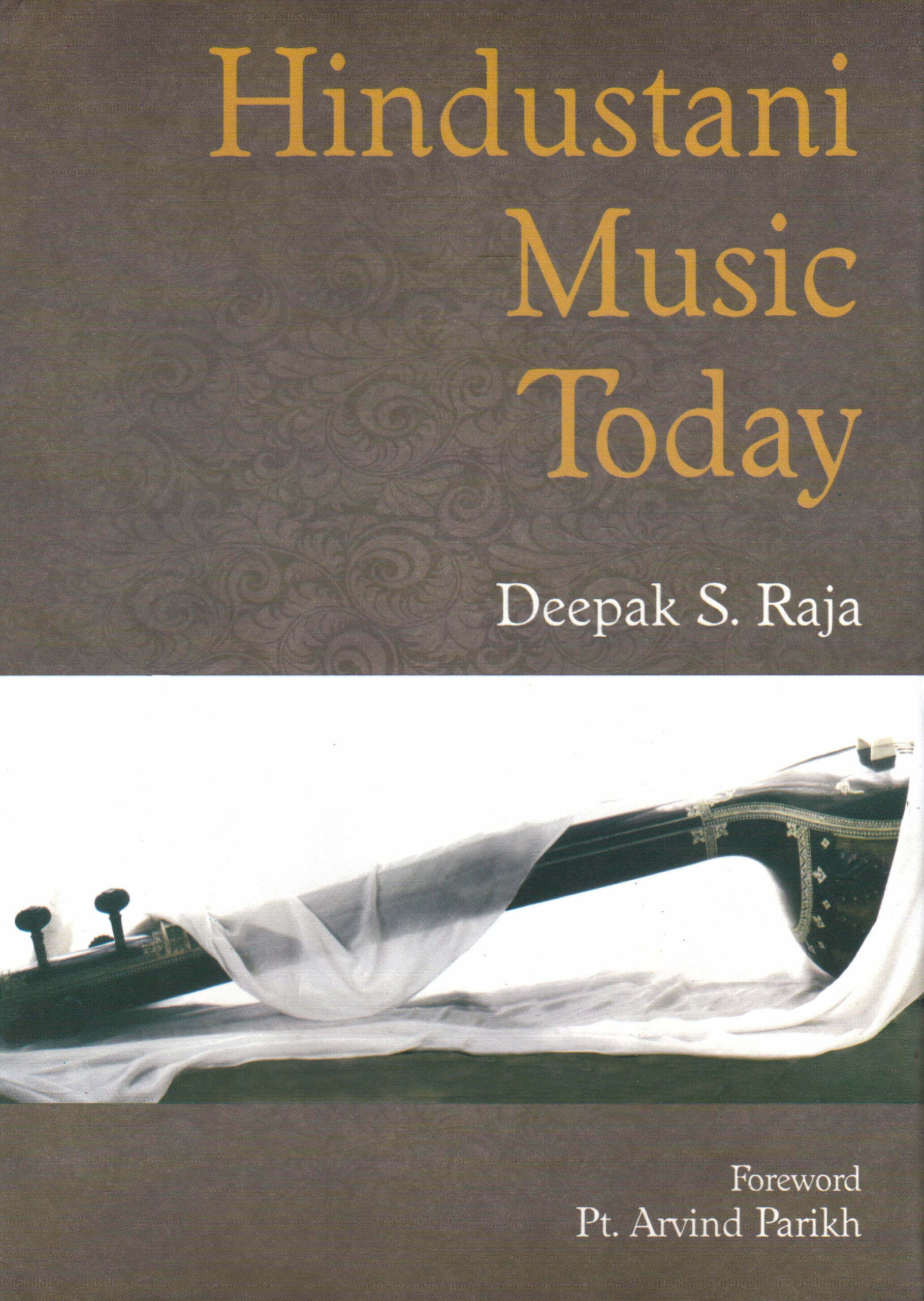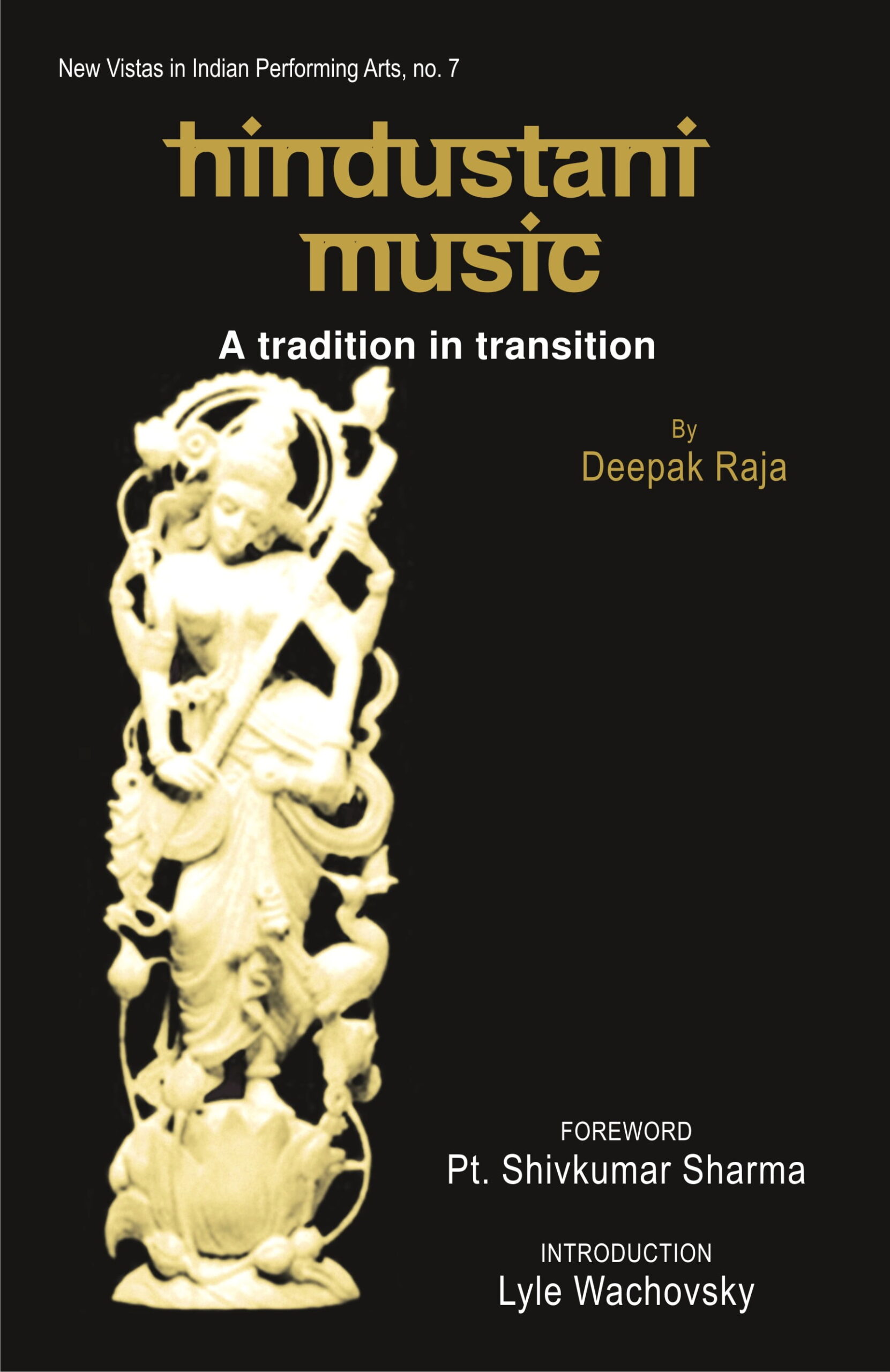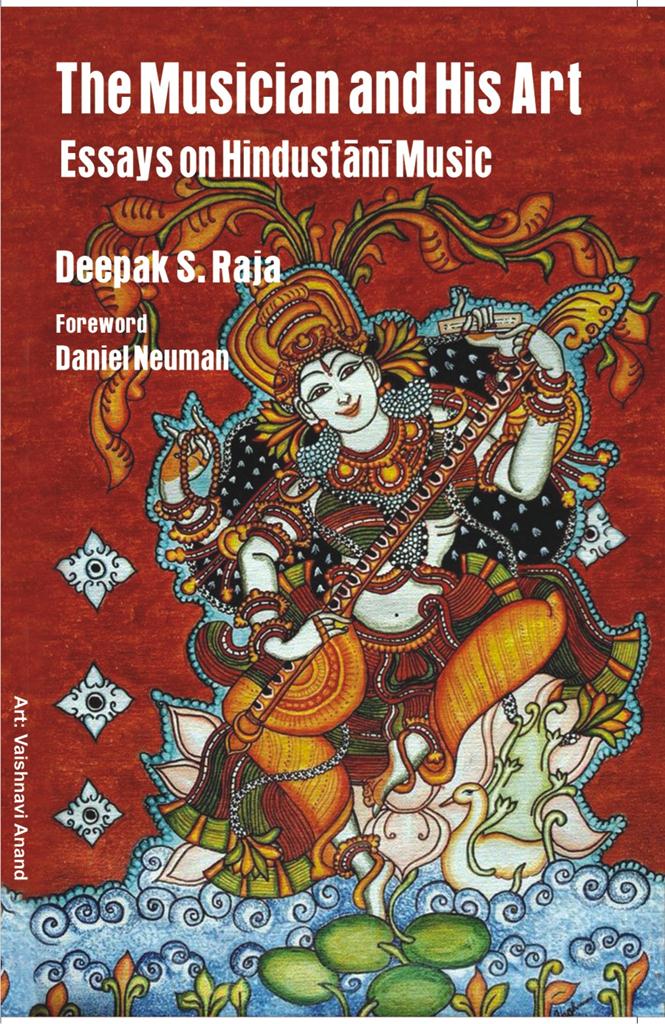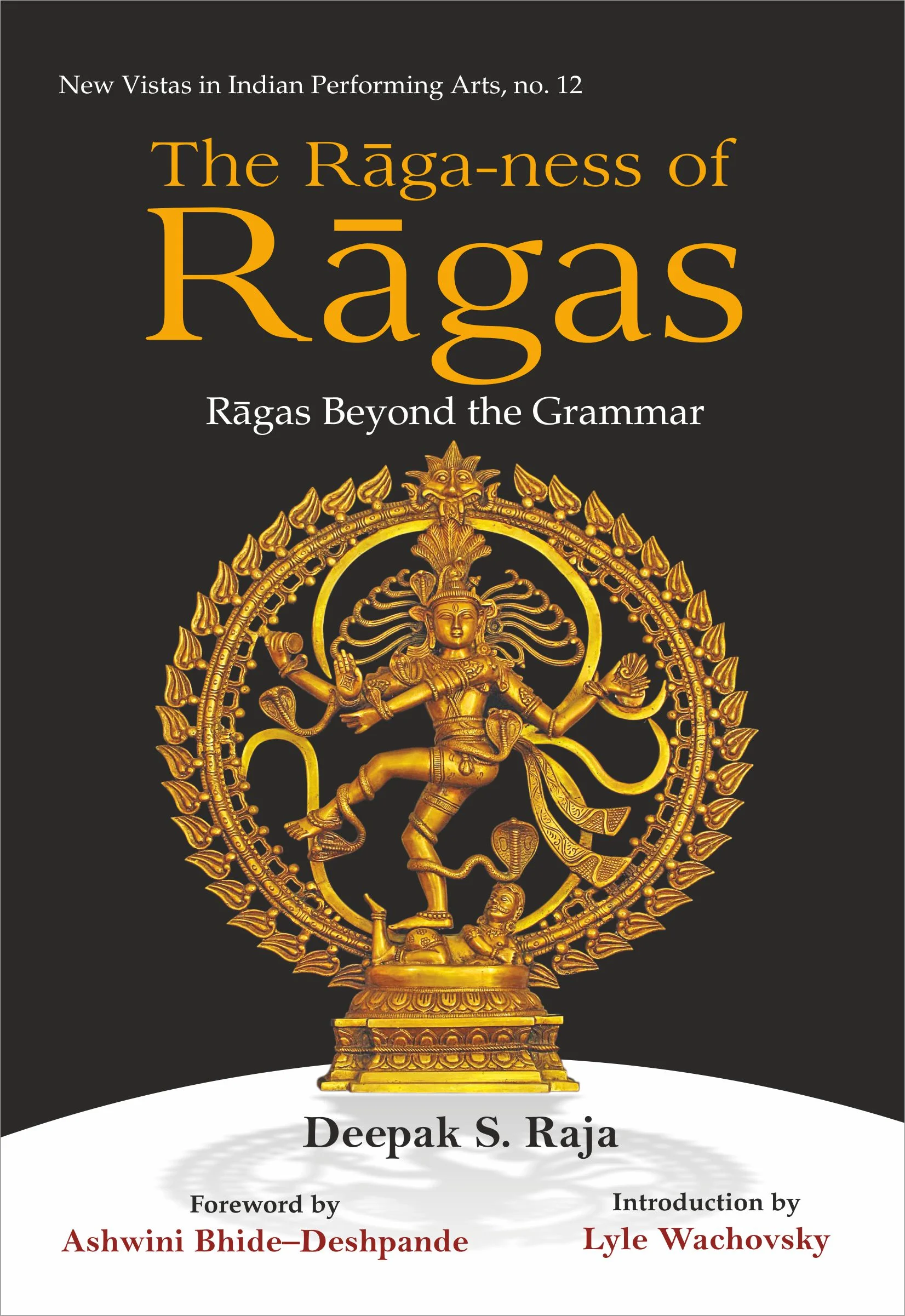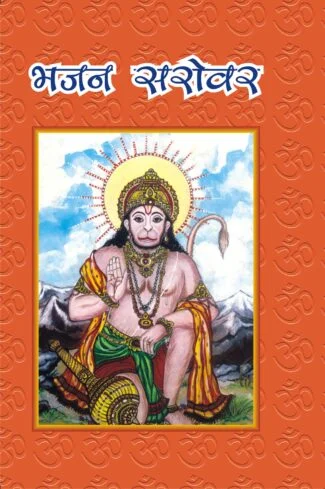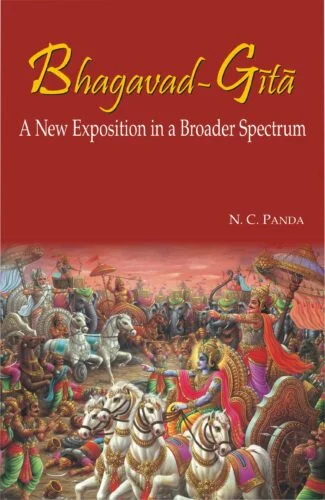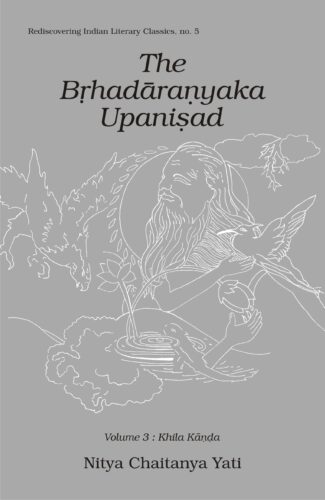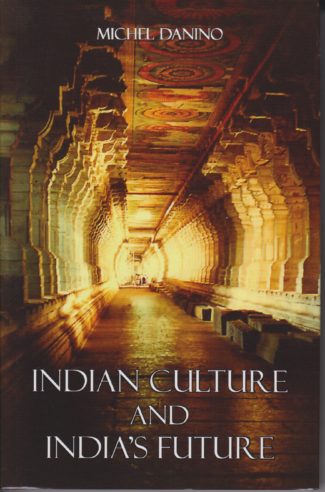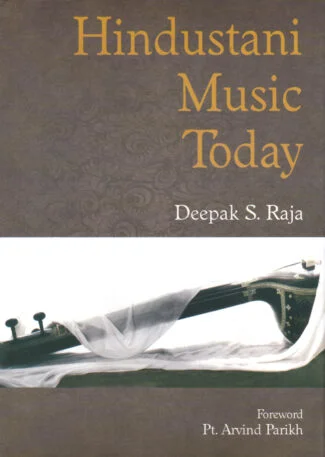
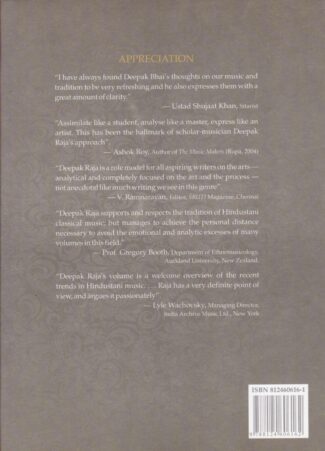
Hindustani Music Tod...
Hindustani Music Today
by: Deepak S. RajaA panoramic view of Hindustani art music, for educated readers with some familiarity in it, with an informed perspective covering major genres of this musical stream, instruments in vogue, with a brief history, by an acclaimed author and musician.
Original price was: ₹600.00.₹540.00Current price is: ₹540.00.
ISBN: 9788124606162
Year Of Publication: 2012
Edition: 1st
Pages : xii, 138p.
Bibliographic Details : Several b/w photographs, Bibliography; Index
Language : English
Binding : Hardcover
Publisher: D.K. Printworld Pvt. Ltd.
Size: 25
Weight: 450
Stating that Hindustani music should be rightly termed Art music and not classical music, the book begins by discussing the features of Art music and presents an approach to appreciating Hindustani music. It provides a detailed understanding of the components of the raga experience in Hindustani music, including their time theory and the role of Gharanas of the musical tradition.
It deals with genres of raga-based vocal music which have been performed over the last five centuries: Dhrupad, which has its moorings in devotional music; Khayal vocalism shaped by Sufi influences; the thumree, which originated as an accompaniment to the Kathak dance; and the tappa, adapted from the songs of camel drivers in the north-west frontier. It takes up the use of instruments in Hindustani music, especially the Rudra Veena, Sitar, Surbahar, Sarod, Santoor, the Shehnai, Pakhawaj, the Hawaiian Guitar and many others, giving an account of their origin, performing styles and lineages relating to them.
Throughout, the emphasis is on contemporary trends in Hindustani music and its prospects in the future. It mentions the significant practitioners of Hindustani music, both vocal and instrumental.
The volume will interest lovers of Indian music and also scholars who want to have a greater understanding of its traditions, its contemporary appeal and trends in practice.
Foreword- Arvind N. Parikh
Preface
Acknowledgement
1. It is Art Music; not Classical
2. Vehicles of the Raga Experience
3. Raga Bhairav at Midnight:The Time Theory of Ragas
4. The Gharanas of Hindustani Music
5. Dhrupad: A Cultural Enigma
6. Khayal Vocalism: Welcome to the Xerox Gharanas
7. Thumree: Lost Without Kathak
8. The Tappa: The Camel Drivers Song
9. The Rudra Veena: Headed for the Museum
10. The Sitar: From Nowhere to Everywhere in 300 years
11. The Surbahar: In Search of an Indian Bach
12. The Sarod: The Meteoric Rise
13. The Hawaiian Guitar: Aloha Boys of Hindustani Music
14. The Santoor: The Musical Signature of Kashmir
15. The Tanpura and Swaramandal: Pillars and Laptops of Hindustani Vocalism
16. The Sarangi: Awaiting a State Funeral
17. The Violin: The Gift to the Carnatic Tradition to Hindustani Music
18. The Bansuri: A Humble Bamboo Flute in a Highbrow Avatar
19. The Shehnai: Gasping for Breath
20. The Pakhawaj and Tabla: Everybody wants Zakir
21. Harmonium: Controversial, Yet Firmly Entrenched
Suggested Readings
Index



